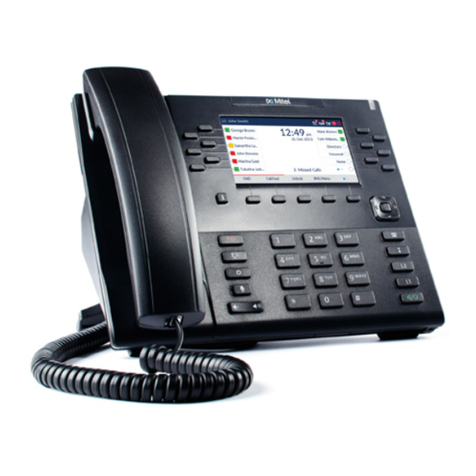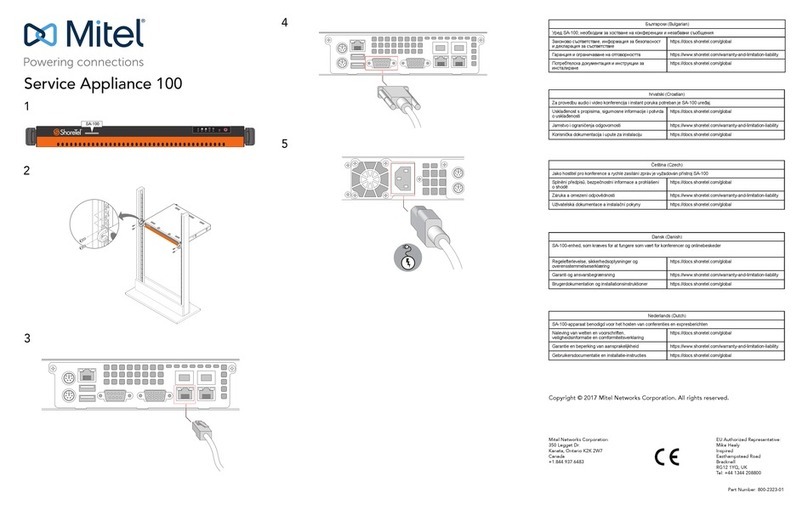1ABOUT THIS MANUAL
The TA7104/7108 are multi-function devices combining VoIPAnalogAdapter,Gateway and QoScontrol
in a secure and powerful platform.
This platform, featuring FXS interfaces, provides an ideal solution for enterprise voice applications or for
connecting to a service provider's broadband access.
The TA7104/7108 also allows Enterprises, Service Providers, and System Integrators to deploy secure
systems and generate additional revenue streams.
The TA7104/7108 are available in the following models:
1.1 DOCUMENT OBJECTIVES
The TA7104/7108 Hardware Installation Guide provides technical information on how to physically
install the TA7104/7108. It also describes the cabling required for the TA7104/7108 device.
The information included in this guide consists of:
Hardware descriptions of the TA7104/7108 device
Hardware installation instructions
Installation scenarios examples
LED indications
Cabling and pin-out data
Note! There are many flavors of the TA7104/7108. Because of this, some of the
information provided may not apply to your particular TA7104/7108 device model.
Please refer to the Dgw v2.0 Software Configuration Guide for software configuration information.
Use the TA7104/7108 Hardware Installation Guide in conjunction with the appropriate publications listed
in “Related Documentation.
1.2 INTENDED AUDIENCE
This guide is intended for the following audiences:
Third Party Software Copyright Information This document lists the third-partysoftware modules
used in the TA7104/7108 along with any copyright and license information. Be sure to read any
readme files, technical bulletins, or additional release notes for important information.
Technicalstaffwhoarefamiliarwithelectronic circuitry,networking theoryand have experience as an
electronic technician.
System administrators with a basic networking background and experience, but who might not be
familiar with the TA7104/7108 device.
Systemadministrators who areresponsibleforinstallingandconfiguring networking equipment and
who are familiar with the TA7104/7108 device.
1.3 RELATED DOCUMENTATION
In addition to this manual, the TA7104/7108 document set includes the following:
Dgw v2.0 Software Configuration Guide (Please contact your Mitel representative for detailed
information if needed.
Third Party Software Copyright Information. This document lists the third-party software modules
used in the TA7104/7108 along with any copyright and license information.
Be sure to read any readme files, technical bulletins, or additional release notes for important
information.






























